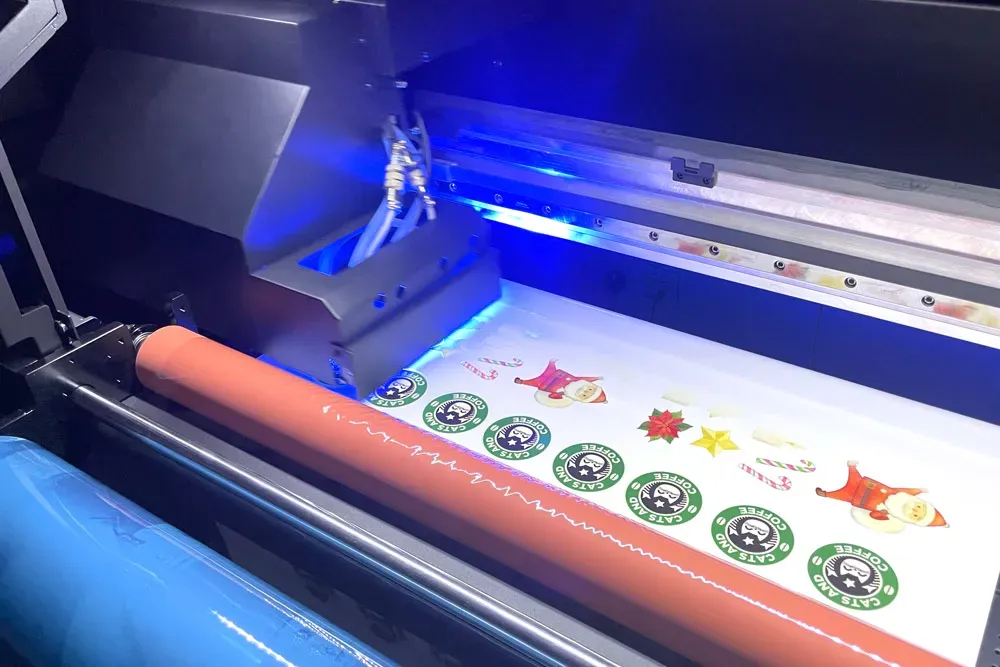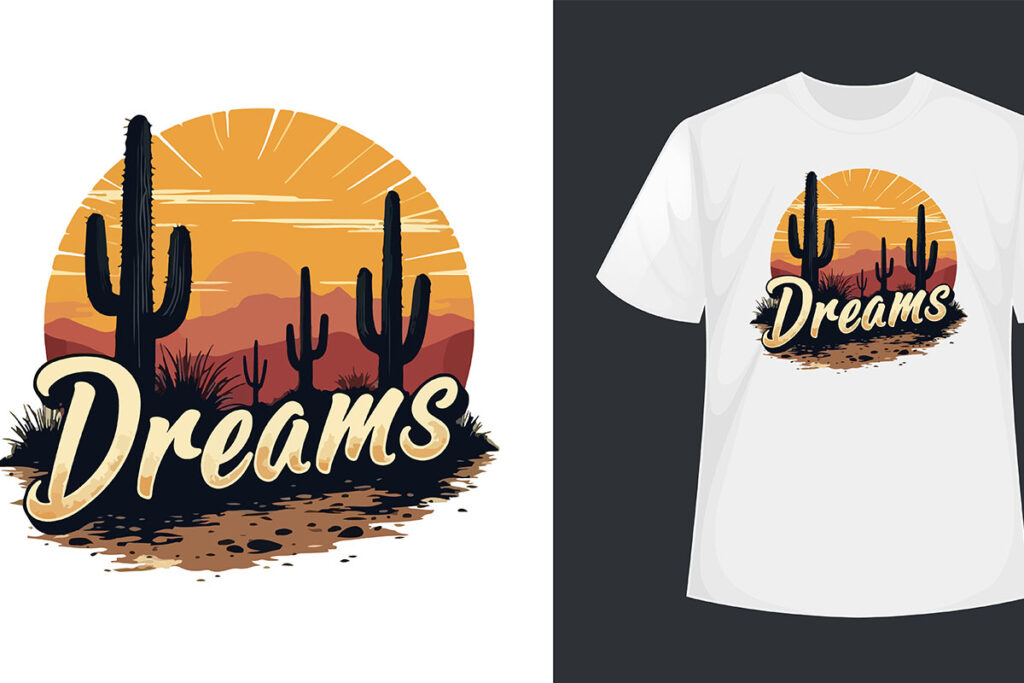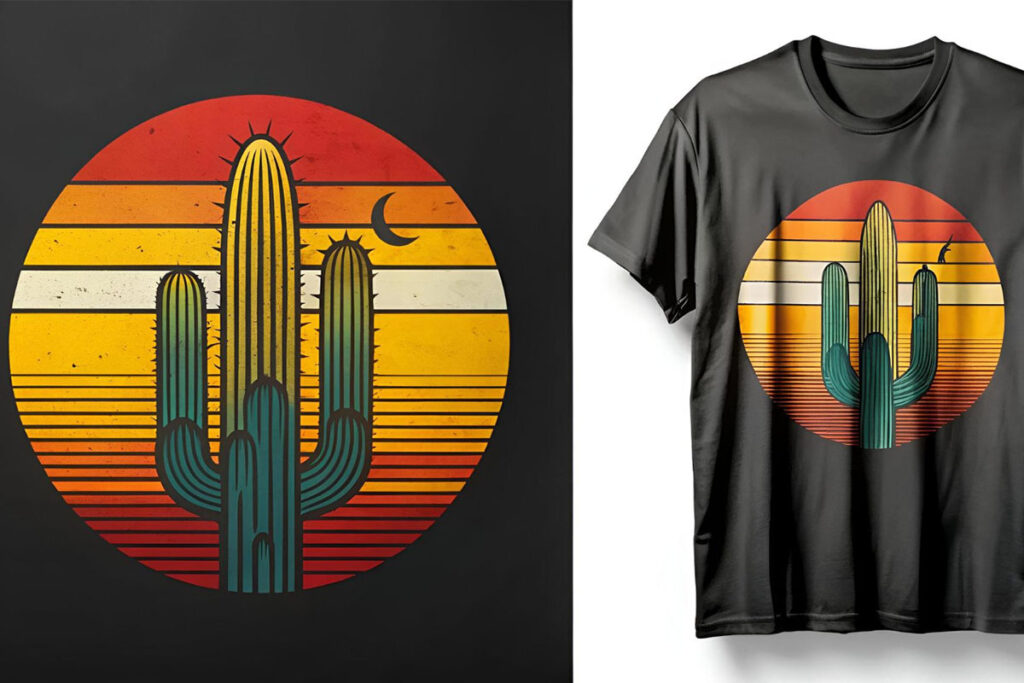UV DTF printing, or Direct to Film printing, represents a significant advancement in the production of vibrant graphics on various materials. This innovative technology has garnered attention for its ability to produce high-quality prints, but it is not without its challenges. Common issues like print head clogging and ink adhesion problems can disrupt the printing process, affecting overall output quality. Additionally, color accuracy and curing problems can impact the durability of the prints, leading to unsatisfactory results for clients. Understanding the cost of UV DTF printing helps businesses plan effectively to overcome these hurdles while still delivering exceptional services.
Direct to Film printing, often referred to as DTF UV printing, is a revolutionary method that merges advanced inkjet technology with UV curing processes to achieve stunning visual results. This technique allows for precise and durable printing on an array of substrates, making it highly versatile for various applications. However, like many innovative printing technologies, it faces challenges such as ensuring proper ink adhesion and maintaining consistent color quality. Curing issues and concerns regarding operational costs are also common hurdles that practitioners must navigate. By addressing these challenges head-on, those in the printing industry can fully leverage the benefits of DTF UV printing, pushing the boundaries of graphic design.
Understanding UV DTF Printing Challenges
UV DTF printing has revolutionized the graphic design and printing landscape, offering vibrant colors and excellent detail. However, this innovative technology does not come without challenges. Issues like print head clogging, ink adhesion troubles, and curing inconsistencies can arise, potentially compromising the quality of finished products. Each of these problems requires a specific understanding of the technology and materials involved to devise effective solutions.
For instance, print head clogging is particularly prevalent due to the unique nature of UV inks, which are thicker than traditional inks. To ensure printers maintain optimal performance, operators must implement routine maintenance and utilize cleaning solutions designed specifically for maintaining print heads. Understanding these challenges allows print businesses to prepare adequately and ensure high-quality output that meets customer demands.
Addressing Ink Adhesion Issues
One significant obstacle in UV DTF printing is achieving proper ink adhesion on various substrates. Poor adhesion can lead to significant problems such as peeling, fading, and reduced quality, which can disappoint clients who are expecting durable prints. To counteract these adhesion issues, pre-treating substrates with primers designed for improved ink bonding is essential. This process ensures a robust connection between the ink and the material, which significantly enhances the longevity and appearance of printed graphics.
Moreover, understanding the characteristics of different ink types is crucial in mitigating adhesion issues. Selecting the right kind of UV ink tailored for specific substrates, combined with surface treatments like sandblasting or chemical preparations, can further solidify ink adhesion. By addressing these concerns upfront, printers can ensure better product quality and customer satisfaction.
Tackling Print Head Clogging
Print head clogging stands as a common yet formidable challenge in UV DTF printing operations, primarily attributed to the viscous nature of the inks involved. Clogging not only interrupts the printing process but also leads to expensive downtime and maintenance costs. Techniques such as implementing regular cleaning schedules and utilizing maintenance inks can help alleviate this problem. Additionally, operators should familiarize themselves with the specific cleaning routines recommended by the printer manufacturers.
By scheduling maintenance and adopting proactive measures, print providers can ensure that print head clogging does not derail their production flow. This can be supported by using quality print heads and monitoring ink usage closely to avoid issues before they escalate. A focus on ongoing education about maintenance procedures can keep printers functioning optimally.
Maintaining Color Accuracy and Consistency
Color accuracy is paramount in UV DTF printing, where client expectations hinge on vibrant and consistent output. Variability in ink properties can lead to color discrepancies, tarnishing the quality of the print jobs. Calibration is a foundational step in managing color accuracy, and utilizing ICC profiles specific to the substrates involved ensures that printers produce the intended colors accurately and consistently.
Regular color monitoring, coupled with the use of reliable color measurement tools, further aids in fine-tuning the printing process. By being diligent about these practices, printers can decrease the likelihood of color misrepresentations and enhance customer satisfaction, leading to repeat business and establishing a reliable reputation.
Enhancing Curing Processes in UV DTF Printing
Curing of UV inks is critical as it determines the durability and visual quality of prints. Curing issues, like inadequate drying leading to smudging, pose significant challenges for proponents of UV DTF printing. Properly calibrated UV lamp setups and detailed monitoring of curing distances and speeds can significantly improve outcomes, helping produce prints that stand the test of time against environmental factors.
Moreover, investing in advanced curing technologies, such as UV meters that gauge curing effectiveness, can play a vital role in ensuring quality outputs. Regular troubleshooting and adjustments can help printers maintain high standards in curing reliability, further enhancing the longevity of prints and satisfying customer requirements.
Cost Implications of UV DTF Printing
The cost of UV DTF printing can be daunting for newcomers, with both initial equipment investment and ongoing operational costs potentially being high. However, it is vital to recognize that while the cost may seem prohibitive upfront, the long-lasting quality and low maintenance requirements of UV DTF prints can yield significant long-term savings. Conducting a thorough analysis of potential return on investment, including reduced waste and the longevity of the prints, reveals the hidden benefits of adopting UV DTF printing.
New enterprises should engage in detailed financial planning and explore financing options tailored for large equipment purchases. Taking into account factors such as market demand for quality prints and increased profitability can bolster business cases for investing in UV DTF printing technology, making it a more attractive option.
Frequently Asked Questions
What are common ink adhesion issues in UV DTF printing?
Ink adhesion issues in UV DTF printing can lead to peeling and fading of prints. To enhance adhesion, it’s crucial to pre-treat substrates with primers or coatings and select the appropriate inks that match the material. This ensures a better bond and improves print quality and durability.
How can I prevent print head clogging in UV DTF printing?
Print head clogging in UV DTF printing often results from the viscosity of UV inks. Regular maintenance, including scheduled cleaning of print heads and using maintenance solutions designed for UV inks, is essential. Following the manufacturer’s guidelines for cleaning frequency will keep your printer running smoothly.
What steps can ensure color accuracy in UV DTF printing?
To achieve consistent color accuracy in UV DTF printing, proper printer calibration is vital. Implement ICC profiles tailored for the specific materials and continuously monitor color output. Utilizing color measurement tools can help in making necessary adjustments to maintain consistent color quality across print runs.
What causes curing problems in UV DTF printing?
Curing problems in UV DTF printing can lead to smudged images and reduced durability. Issues often arise from improperly configured UV light units. To enhance curing, ensure the correct distance and speed of materials through the curing unit, adjust UV lamp intensity, and regularly calibrate curing equipment.
How does the cost of UV DTF printing compare to other printing methods?
The cost of UV DTF printing can be higher initially compared to other methods, but its long-term benefits include durability and reduced waste. Conducting a thorough cost analysis and considering the potential return on investment, like decreased reprints and increased demand for high-quality prints, can make UV DTF printing financially advantageous.
Are there specific materials that are incompatible with UV DTF printing?
Yes, not all substrates are compatible with UV DTF printing, which can affect print quality. Before starting production, testing various substrates for compatibility with UV inks is vital. Consulting substrate specifications and exploring new compatible materials can help expand the usability of UV DTF printing.
| Challenge | Problem | Solution |
|---|---|---|
| Ink Adhesion Issues | Poor adhesion leads to peeling and fading of prints. | Pre-treat substrates and choose the right ink type. Use heat transfer and coatings to improve adhesion. |
| Print Head Clogging | Thicker UV inks can clog print heads, halting production. | Perform regular maintenance and clean print heads. Use maintenance solutions designed for UV inks. |
| Color Accuracy and Consistency | Color variations can lead to discrepancies in prints. | Calibrate printers using ICC profiles and monitor color output regularly. |
| Curing Problems | Inadequate curing can smudge prints and reduce durability. | Configure UV light units and monitor material speeds for proper curing. |
| Compatibility with Materials | Not all substrates work with UV DTF, leading to quality issues. | Test various substrates before production and consult specifications. |
| Cost Considerations | High initial and operational costs may deter businesses. | Conduct cost analyses and consider long-term ROI from quality prints. |
Summary
UV DTF printing is a sophisticated technique that addresses the modern demands of high-quality graphic production while facing several intrinsic challenges. Despite issues like ink adhesion difficulties, print head clogs, and color accuracy inconsistencies, UV DTF printing stands out due to its ability to produce durable and vibrant prints across a range of substrates. By understanding the solutions to these common obstacles—such as proper substrate treatment, regular maintenance schedules, and thorough calibration—printers can enhance the overall reliability and quality of their output. In conclusion, with the right approach and knowledge, UV DTF printing remains an invaluable tool for businesses aiming to deliver exceptional print products that endure.



